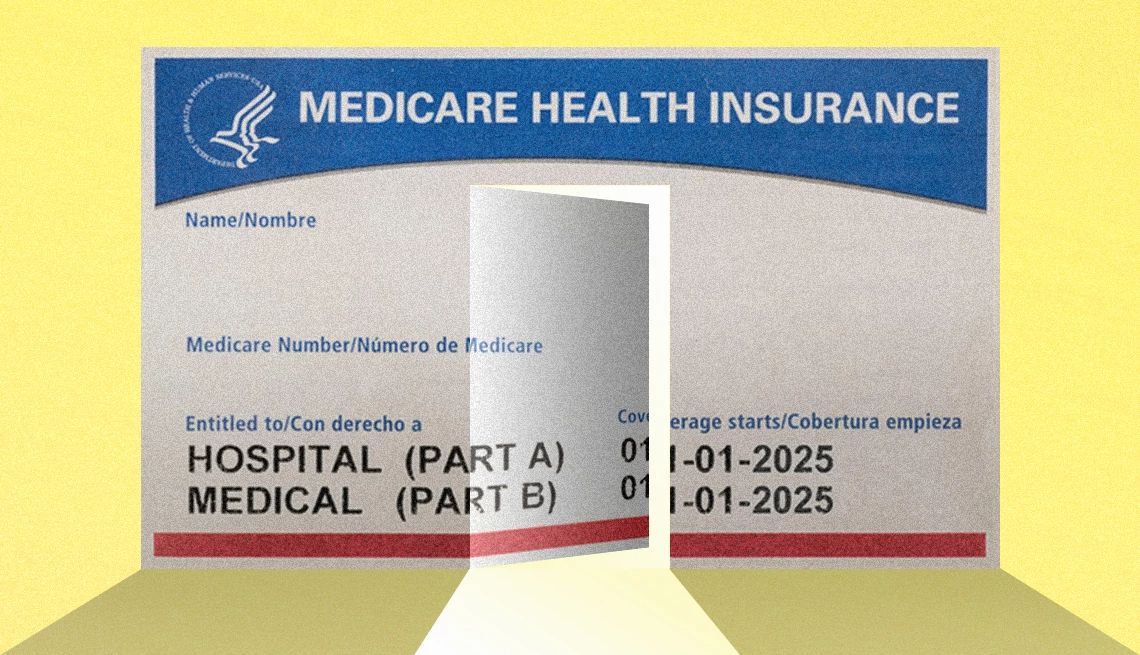AARP Hearing Center


Key takeaways
- You get a seven-month window to sign up for Medicare.
- You’ll need to take steps to enroll.
- You can delay enrolling if you or your spouse has employer coverage.
- Expect to make additional coverage decisions.
- Several resources are available to help.
Turning 65 is a milestone for most Americans because they become eligible for Medicare health care coverage.
But you can sign up only at certain times, and you need to make important decisions about other types of coverage, so doing your homework before your birthday is a good idea. If you make Medicare enrollment mistakes, you could end up with lifetime late enrollment penalties and expensive coverage gaps.
Here are the most important things you need to know about when and how to enroll in Medicare.
When can I sign up for Medicare?
Your 65th birthday sets the stage for your initial enrollment period (IEP) when you can enroll in Medicare without fear of a penalty for signing up late. Your IEP lasts seven months: the three months before your birthday month, your birthday month and the three months after.
At this time, you can sign up for Medicare Part A, which covers hospitalization, and Part B, which covers doctors’ services and outpatient care.
You can delay signing up for Medicare at 65 if you or your spouse still works and you have health insurance from that employer. In that case, you will qualify for a special enrollment period (SEP) that lasts up to eight months after you lose employer coverage.



































































Next in Series
What Are the 3 Medicare Enrollment Periods?
You can sign up for Medicare only during these times